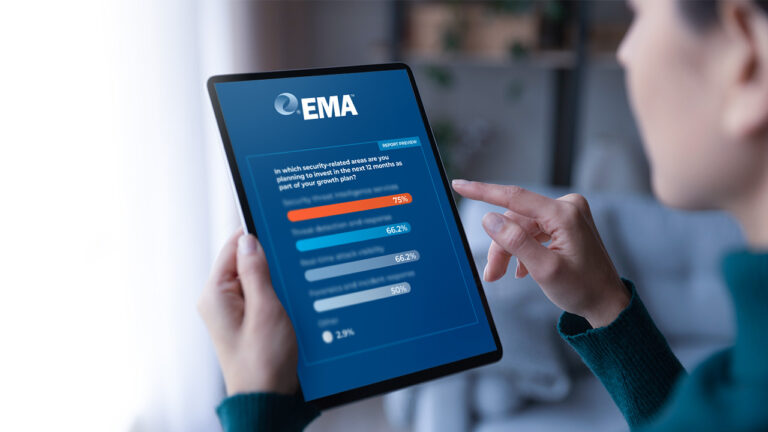Table of Contents
In the ever-evolving landscape of cybersecurity, Security Operations Center (SOC) analysts have emerged as frontline warriors. They play a critical role in protecting digital infrastructures from cyber threats. However, the escalating cost of SOC analyst salaries are becoming a significant concern.
The Rising Demand for SOC Analysts
Cybersecurity threats have been increasing in both complexity and frequency, driving up the demand for skilled SOC analysts. According to the Bureau of Labor Statistics, 168,900 security analysts were needed in 2022, with an additional 53,200 expected to be required by 2032. This surge in demand translates to higher salaries as the market competes for limited talent.
Salary Trends of SOC Analysts
SOC analyst salaries are influenced by factors such as experience, location, and responsibility level. On average, a SOC analyst in the U.S. earns around $96,806 annually, with variations depending on the city and experience. For instance, analysts in San Francisco earn as high as $118,509, while entry-level analysts’ salaries hover around $64,187.
Key Sectors Affected by SOC Analyst Salaries
State and Local Governments
State and local governments in particular face a unique predicament. They are tasked with ensuring robust cybersecurity to protect sensitive data, but they must do so within the constraints of limited budgets. A report by MissionSquare Research Institute highlights that local governments struggle with recruitment challenges, competing with the private sector’s more lucrative salary offers.
Education
Schools, colleges, and universities hold vast amounts of sensitive student and faculty data and are also increasingly reliant on digital platforms for teaching and administration. Despite the clear need for skilled SOC analysts to defend against escalating cyber threats, these institutions face financial constraints. The disparity in compensation compared to the private sector poses a significant challenge in attracting and retaining cybersecurity talent. This dilemma is underscored by a growing digital campus environment, which often surpasses private sector entities in size and complexity.
Healthcare
Healthcare organizations manage highly sensitive patient data, making them prime targets for cyberattacks. The demand for SOC analysts in healthcare is critical to safeguard patient information and ensure the continuity of medical services. However, like educational institutions, healthcare faces financial limitations. The challenge is magnified by the healthcare sector’s complex digital infrastructure and the presence of specialized medical IoTs (internet of things devices), which grant cybercriminals many entry points and means to persist—all against a backdrop of stringent regulatory compliance requirements.
Balancing Budgets and Cybersecurity Needs
Organizations like those mentioned above need to find a middle ground, balancing fiscal responsibility with the critical need for cybersecurity talent. Flexible employment practices, such as telework, and emphasis on employee wellness programs, are strategies being adopted to attract and retain talent without significantly inflating budgets.
Critically, technology needs to step up in answering the challenges of cybersecurity staffing challenges.
- Continuous Compromise Assessment: Monitoring network traffic in real-time to detect and respond to threats swiftly.
- AI and Machine Learning: Leveraging online and transfer learning to analyze threats, lowering alert rates and the burden on analysts.
- Automated Incident Response: Implementing integrations with other cybersecurity tools like firewalls to instantly respond to and mitigate the impact of security breaches.
- Threat-Informed Defense: Prioritizing defenses based on real-world attack data and trends to focus resources on the most relevant threats.
- Zero Trust: Applying ZT principles addressing identity verification and access controls across all network points to eliminate implicit trust, ensuring comprehensive security posture. Over time, these processes lower analyst workload by reducing the attack surface and automating identity verification and enforcing access controls.
Conclusion
The need for SOC analysts is indisputable. However, finding the funds to afford these essential roles is a complex challenge. By adopting innovative strategies and prioritizing cybersecurity, governments can safeguard their digital frontiers without overstretching their budgets.




